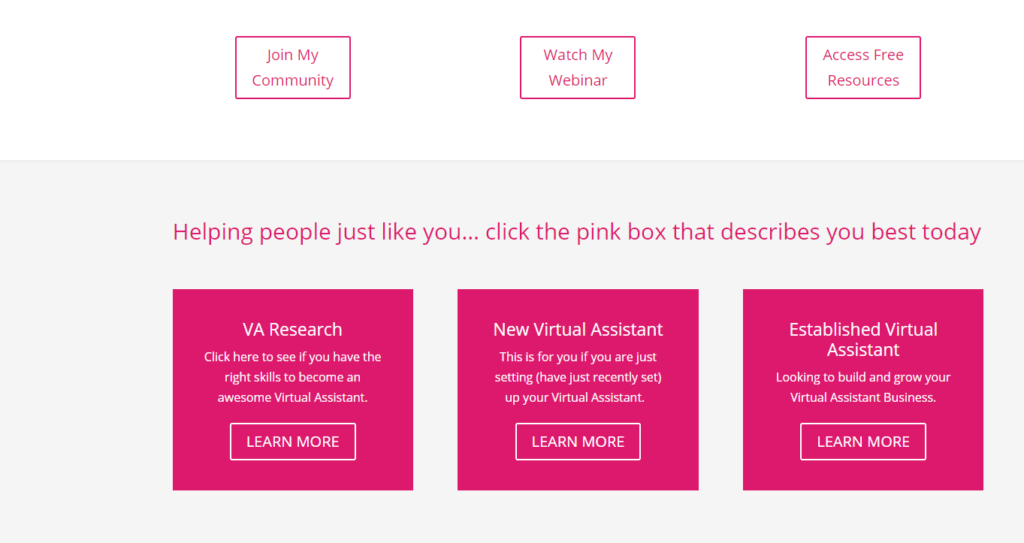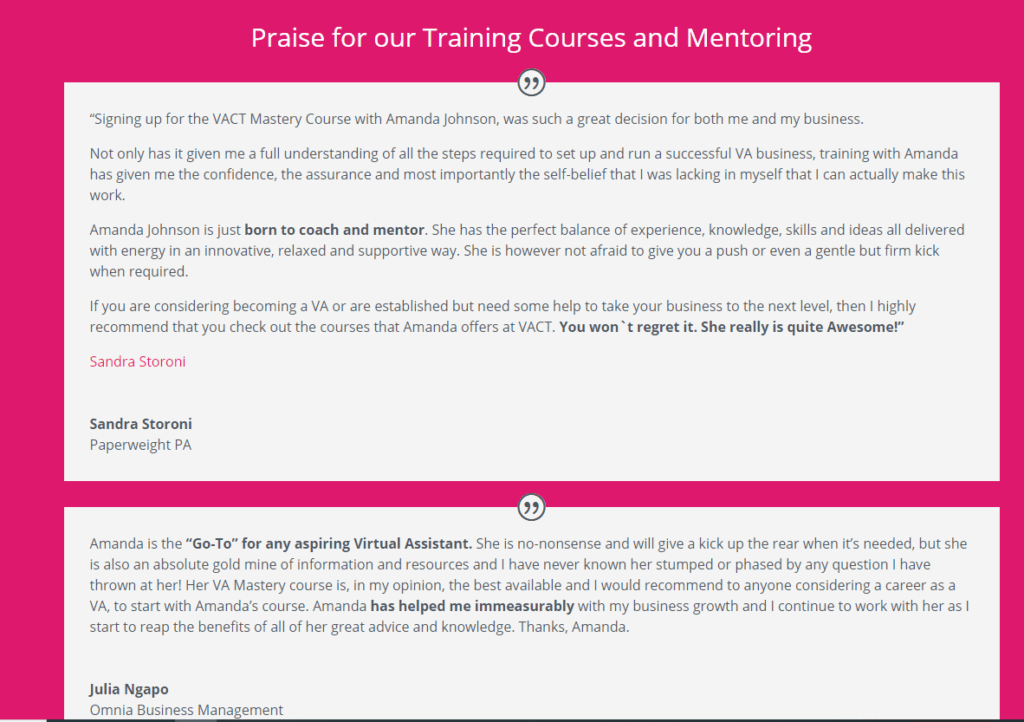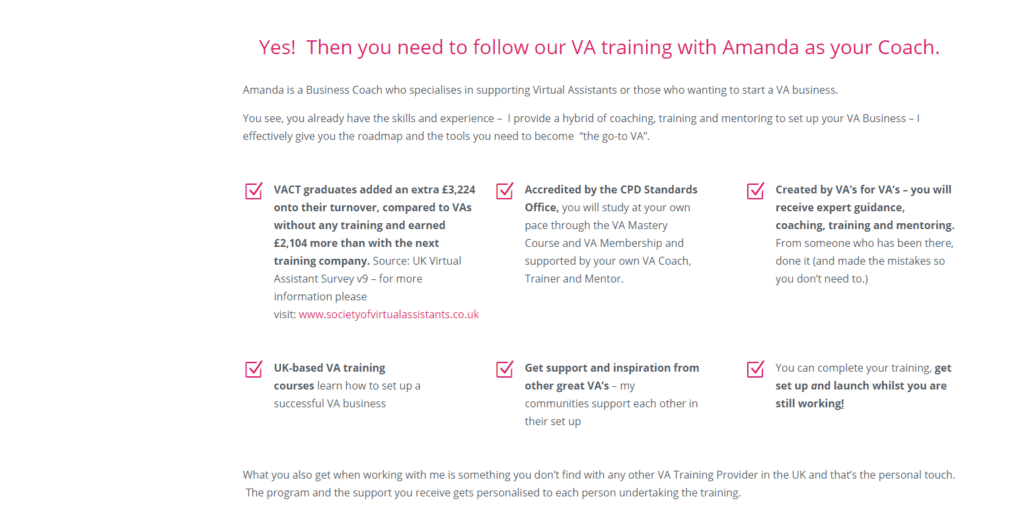When it comes to building your business and growing it to the levels of success you want, storytelling is always going to play a vital role in the process. People engage with stories and this gives us a way to connect on a deeper emotional level with our ideal customers. We can use stories to show them who we are, what we stand for, and ultimately, what we can do to help them. And this is why it’s so essential to learn how to effectively use storytelling on your business website.
The power of storytelling in business
Stories are everywhere in the business world. When you look at advertisements, you’ll see stories. When your clients share testimonials, case studies and even reviews, they’re sharing their stories. Look at sales pages and you’ll definitely see a range of stories! The emails you receive in your inbox are often based on a 3 act story structure.
People engage with stories – this is why storytelling is so powerful. It’s one of the reasons we share testimonials and case studies on our website and social media posts, and spend so long creating a sales page.
But it’s not just about the results we get for our clients. Storytelling enables us to share our own story and the journey it took us to become who we are and serve who we do.
Facts may speak to the mind, but stories speak to the heart. Stories will trigger emotions and the reader can empathise and connect to the hero in the story. If you’ve done a great job of getting to know your ideal customer, your story will enable them to see themself in your story and in that leading role.
If you can tell a story well, you’ll be able to effectively grow your business – if you tell it in the right way.
Are you using storytelling on your business website?
If someone visits your website, will they find any stories they can connect with? Will they learn more about you and your business, understand why they should care, and why they should contemplate working with you?
If you’re not using storytelling within the pages of your business, you need to reassess your website!
As Susan Payton mentions on her blog post ‘What’s your yellow brick road?’
QUOTE: “They [clients] want a clear path to follow. They want to “see” what doing business with you looks like. People don’t move towards confusion or uncertainty. They move towards clarity.”
Are you being clear on your website? Are you showing your potential clients how to move forward with you?
The 3 parts of business storytelling
A traditional story usually follows a simple 3 act structure. There’s the initial set up, followed by a confrontation, before reaching a resolution. You can use a similar approach within your business. In her blog, Susan describes them as – encounter, experience, effect. I’ve seen them described as ‘engaging, real, and outcome’ as well as ‘connection, clarity, and success’.
But no matter how you describe it, you can easily use storytelling within your business, by ensuring you consistently follow these 3 story rules:
- Be engaging and authentic, show that you understand and relate to their needs and desires.
- Show them how you can take them on a journey from where they are, to where they want to be.
- Tell them how to get started on that journey.
So how does this translate through to your website?
How to use storytelling on your business website
When it comes to weaving stories into your website, don’t just stop at your homepage. Go through your entire site and see how you can rewrite or move your content around, to better suit a story-based approach. Think about your homepage, your about page, and even your resources page – they can all benefit from a storytelling process.
I recently revamped my website to better incorporate the elements of storytelling within it. Using the insight I’ve gained from being a successful and award-winning trainer to VAs, I’ve woven in stories throughout the website, to better connect and relate to the VAs we serve. By showing that we truly understand them, we can also take them on the journey from where they are, to where they want to be, as well as showcasing how we do that and what they need to do, to experience it for themselves.
And you can do the same on your website, by following these tips.
Tip #1: Give your ideal clients opportunities to relate to your content
Take a look at your website through the eyes of your ideal client. Can they see themselves in your website pages, in the blog posts you share and within your products? Are you giving them an opportunity to relate to your content?
When you head over to the VACT homepage, you can see several examples of this. We’re showing a visiting VA that we relate to their needs and desires, by showing them we know what they’re searching for:

By sharing insights into your life and dreams, you can also use your about page to give clients opportunities to relate and connect with your story. If they can relate to the type of person you are or the dreams you have for yourself and your family, they’re more likely to trust you as the person who best understands and can help them.
Tip #2: Take your website visitors on a journey you know they want to go on
Use storytelling on your business website to take visitors on a journey they want to go on. Your homepage banner can easily show them this, with a simple paragraph. Take a look at our one, as an example. It clearly states where they are, where they want to get to, and how they can get started.

Your contact page can easily follow this tip too. You can use it as a simple call to action (contact me), but you can also share a recap of why they should want to get in touch.
Tip #3: Tell them how to get started on that journey
And that leads us nicely onto the next step – show them their next step. Make it simple for them to take that first step and don’t leave any ambiguity over what they need to do next. For example, on our home page we have several opportunities for VAs to take the next step:

Whilst over on our free resources page, there’s plenty of options for that first step!
Tip #4: Share stories that illustrate your expertise and experience
Don’t be afraid to share testimonials, case studies and reviews throughout your website. They’re an awesome way of showing how well you understand your audience and to showcase storytelling on your business website, but they’re also stories within themselves.
The clients who’ve written those words of praise are often sharing their own journeys – something a visitor to your website can relate to, whilst also seeing how you helped others in their situation.

Tip #5: Share the story of why you are the ideal person to help them
Finally, take the opportunity to showcase why you’re the best person to help move them forward. Share your experience and expertise on the various pages of your site.

Tell the story of how you got to where you are and why you even got started, on your about page. Use your blog page to showcase your experience and show you understand their needs and dreams. Within your blog posts, use story to illustrate how they can go from an initial starting point to a more desirable endpoint, by sharing how-to articles and giving them tips to move forward.
People engage with stories, and your ideal clients are no different. When it comes to building your business and growing it to the levels of success you want, you can see from the points above, storytelling is always going to play a vital role in the process.
So use the tips and advice above, to start learning how to implement storytelling on your business website. Not only will it make it more attractive to your ideal clients, but it will also enable you to be more authentic and genuine in your writing. And ultimately, it will give your ideal clients a better understanding of how you really are the best person to help them bring their own stories to a more satisfying conclusion.
Tell us in the comments below, what story you share with your ideal clients or how you will change what you do to help others get to know you better.